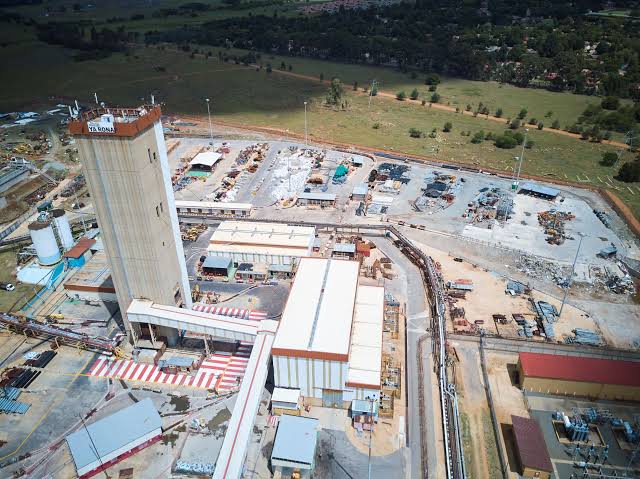News
Labour Court orders reinstatement of mine overseer in tragic Beatrix fatalities case

Labour Court orders reinstatement of mine overseer in tragic Beatrix fatalities case
When tragedy struck at Beatrix Gold Mine in late 2021, it left more than the mining tunnels shaken. Three employees died in a harrowing underground accident. Now, the Labour Court has ordered the reinstatement of the mine overseer once held responsible raising tough questions about safety, accountability, and how blame is assigned in the mining industry.
“Perfect storm” underground: what happened
On a morning in December 2021, an unauthorized operator drove machinery known as an LHD down the 27 Decline. The mechanical brake failed, the vehicle veered and three men were killed. The tragic sequence later came under scrutiny by the courts, with the incident aptly described as a “perfect storm.”
The overseer was dismissed, blamed for not averting the situation despite not being directly in control of the machine at the time.
Court: evidence shows he had no forewarning
The Labour Court considered testimony and reports carefully. It found no solid proof that the overseer knew the machinery was being driven or that his instructions were ignored. In short, there was no evidence he “was on notice” so dismissal was too harsh.
Under the review test, the court ruled this was a reasonable decision. No reasonable person could have blamed the overseer based on the evidence.
What it means for mining safety and culture
At surface level, this ruling provides relief to one individual but deeper currents are now stirring. South Africa’s mining sector has a fraught history of fatalities tied to lapses in safety measures. How much individual accountability is fair, and how much is systemic?
On social media and in miners’ unions, response is mixed:
-
Some view it as a technical win for due process.
-
Others fear that reinstatement sends the wrong message that grave risks don’t always carry consequences.
A broader lesson on industry safety
The real lesson here lies in understanding the layers between action, oversight, and tragedy. A failure of equipment, poor communication underground, and structural vulnerability left individuals exposed. Courts can sort blame, but the industry must also rethink how frontline warnings and training are handled.
Accountability shouldn’t stop at the dismissal letter. It should ask if safety checks, equipment maintenance, and emergency procedures were robust enough to stop the “perfect storm” before it began.
{Source: IOL}
Follow Joburg ETC on Facebook, Twitter , TikTok and Instagram
For more News in Johannesburg, visit joburgetc.com















